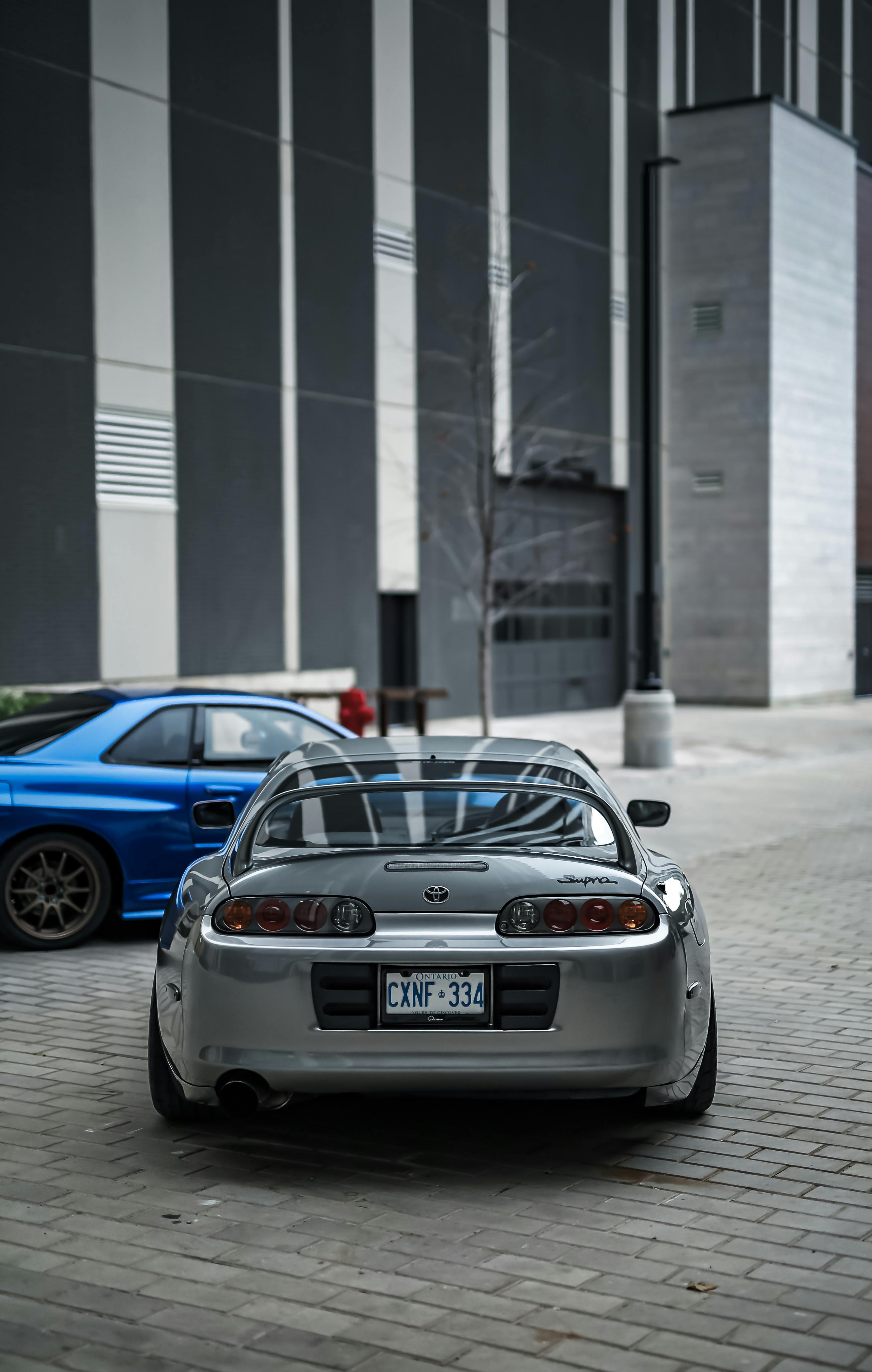While switching to solar power comes with numerous environmental and economic benefits, it’s essential to consider and understand the potential downsides before leaping into this substantial investment. In “Exploring the Potential Downsides of Going Solar,” you will learn about hidden challenges, from the significant upfront costs to the intermittency issues and the overall aesthetic. This article will shed light on not just the sunny benefits but also the potential clouds that could hinder your smooth transition to renewable energy.

High Initial Costs
Exploring the potential downsides of going solar begins with taking a long, hard look at the initial costs involved. For many homeowners contemplating solar, the first hurdle they face is the initial expense of solar panels.
Initial Expense of Solar Panels
Solar panels aren’t cheap. High-quality panels can set you back a fair bit. The price of solar panels can vary greatly, depending on the type and efficiency of the panels you choose. However, the average cost typically includes a significant initial investment.
Costs of Installation
Now that you’ve bought your solar panels, you can’t just stick them on your roof and expect them to work. The installation process is complex and needs to be carried out by professionals. This expertise doesn’t come cheap. Different roofs have different installation requirements, which can significantly impact the final installation bill.
Replacement and Maintenance Costs
Although solar panels are generally robust and can last a long time, they are not entirely devoid of maintenance costs. Over time, components can deteriorate, panels may need cleaning, or an unexpected storm might do some damage. When that happens, the cost of replacement or repair can give you a jolt.
Variable Energy Generation
Another considerable downside of going solar is variable energy generation. Solar power isn’t always consistent – it’s largely down to the weather, the time of year, and the time of day.
Dependence on Weather
Solar panels need sunlight to create power. So, what happens on a cloudy day, or if you live in an area that doesn’t get much sun? While they can still generate some energy in less sunny conditions, the output decreases dramatically.
Seasonal Energy Production
Your solar panels might be great at soaking up the summer sun but come winter, the shorter days and lower sun angle can result in less energy production. Seasonal variation is one aspect to consider when calculating potential energy generation.
Daytime Energy Generation
Solar panels can only generate power during the day. So, unless you have a way to store excess energy, you’ll still be pretty reliant on the traditional power grid at night.
Efficiency Limitations
Solar power may be a renewable energy source, but it’s not 100% efficient.
Energy Losses During Conversion
Whenever energy changes form, there is always some loss. So even though sunlight is free and abundant, not all the sunlight that hits your solar panels will be transformed into electrical power.
Limitations of Roof Direction and Angle
Your home might not be ideally situated for maximum solar generation. If your roof doesn’t face the right direction, or if it’s shaded for part of the day, it can significantly impact the efficiency of your solar panels.
Dependence on Local Climate
It’s no surprise that solar panels perform better under certain climate conditions. If you live in a region with variable weather or cloudy conditions, that could reduce the amount of solar power you can generate.
Aesthetic Considerations
One more thing to think about is the impact of installing solar panels on your property aesthetics.
Impact on Property Aesthetics
For some people, solar panels don’t exactly add to the curb appeal of their property. While this is a subjective matter, it’s something to consider if you take pride in the aesthetics of your home.
Potential for Neighborhood Disputes
Solar panels on your rooftop could potentially also lead to disagreements with your neighbors, who might not appreciate the new addition to the neighborhood as much as you do.

Space Requirement
Another potential downside of solar panels is the amount of space they require.
Need for Large Rooftop Space
Solar panels typically need a fair amount of space to be truly effective. If your home doesn’t have a large rooftop, your ability to generate significant solar power might be limited.
Scarcity of Space in Urban Areas
Not everyone has a spacious roof to accommodate numerous solar panels. In urban areas where space is at a premium, installing enough panels to meet energy needs may be unrealistic.
Environmental Impact
While it’s true that solar energy is a much cleaner alternative to traditional energy sources, its production and disposal still have some environmental impact.
Production and Disposal of Solar Panels
The production and disposal of solar panels can contribute to environmental pollution. The manufacturing process involves numerous harmful chemicals and materials, and at the end of their life span, solar panels can end up in landfills without proper recycling programs.
Potential Impact on Local Ecosystems
Installing solar panels might also affect local ecosystems. Particularly in rural areas or where large-scale solar farms are built, there can be an impact on the local flora and fauna.

Issues with Power Grid Connectivity
Dependency on traditional power grid and complexities in selling excess energy form another set of issues.
Dependency on Traditional Power Grid in Absence of Sunlight
Even after installing solar panels, dependency on a traditional power grid is necessary. This helps during cloudy weather periods, at night, or during seasons of lower sunlight.
Complexities in Selling Excess Energy
If you are generating more solar power than you are using and wish to sell it back to the grid, you might face regulatory hurdles and technical complexities.
Technological Progress and Future Costs
The realm of solar technology is not static.
Possibility of Advances in Solar Technology
With every passing year, there is the possibility of new technology making your solar panels outdated or less efficient, which might affect your initial ROI calculations.
Potential Decrease in Future Costs
Solar panel costs are consistently decreasing. If you invest in solar panels today, they could be significantly cheaper in the future, which would theoretically devalue your investment.
Depreciation Issues
Solar panels aren’t forever.
Life Span of Solar Panels
Solar panels typically last for about 25-30 years, post which their efficiency starts to decline. This will result in lower performance and ultimately necessitate replacement.
Future Replacement Costs
If and when your solar panels need replacing, this will come at an additional cost. It’s important to factor this into the overall calculation of cost-effectiveness.
Regulatory and Policy Considerations
Lastly, a change in solar policies can impact the feasibility of your solar investment.
Changes in Solar Policies and Incentives
Solar regulations and incentives can change over time. These changes may impact your rates, incentives, or the possibility of selling excess power back to the grid.
Regulatory Issues and Installation Restrictions
In some regions, installations might be restricted due to building codes, homeowner association rules, or local laws. Understanding these regulations is essential prior to investing in solar panels.
While these potential downsides may seem daunting, keep in mind that for many, the benefits of going solar often outweigh the downsides. However, it’s important to make an informed decision based on your unique circumstances.
